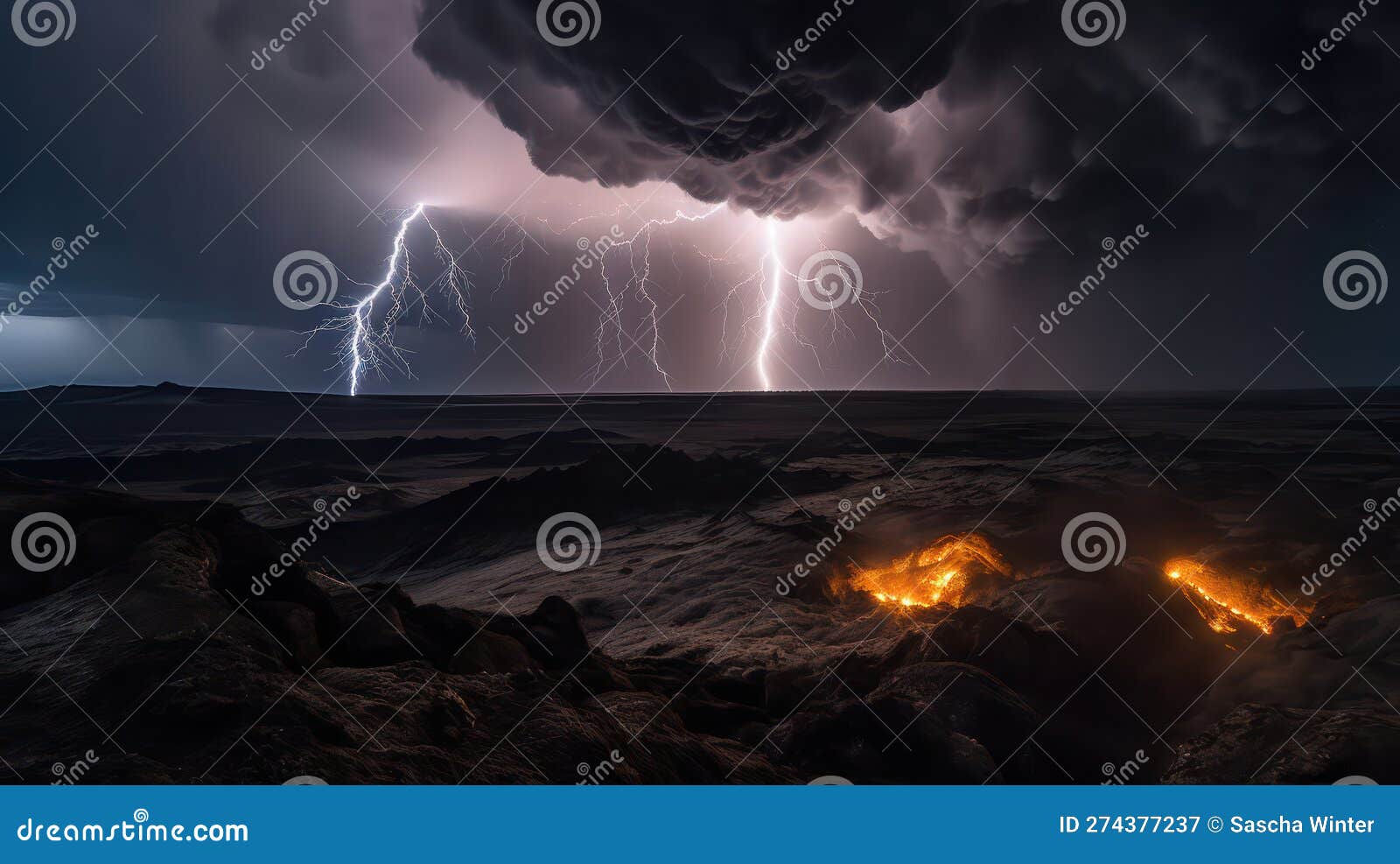Volcanoes and tornadoes are powerful natural phenomena that have the ability to cause destruction and pose threats to human lives. This article compares and contrasts the formation, destructive power, impact on surrounding areas, and preparation and prediction strategies for volcanoes and tornadoes. Volcanoes are created when molten rock erupts through the Earth’s crust, causing wide-scale destruction with ash clouds, lava flows, and respiratory problems. Tornadoes form from severe thunderstorms, generating winds exceeding 300 miles per hour and causing immediate destruction in a localized area. Volcanoes leave behind extensive damage, while tornadoes impact their direct path. Preparing for volcanoes involves monitoring warning signs, while predicting tornadoes is difficult. Understanding these differences is important for protecting against these natural disasters.
Volcanoes vs. Tornadoes: Forces of Nature Unleashed
Introduction
Volcanoes and tornadoes are two powerful natural phenomena that captivate the human imagination. Both of these forces of nature have the ability to wreak havoc on the environment and pose significant threats to human lives. This article will compare and contrast volcanoes and tornadoes, exploring their formation, destructive power, and impact on the surrounding areas.
Formation
Volcanoes and tornadoes have distinct mechanisms for their formation. Volcanoes are created when molten rock, known as magma, rises to the surface through the Earth’s crust. This molten rock then erupts, releasing gases, ash, and lava. Tornadoes, on the other hand, form from severe thunderstorms. When warm, moist air collides with cooler, drier air, it creates an unstable atmosphere conducive to the development of powerful rotating winds.
Destructive Power
While both volcanoes and tornadoes are destructive, they differ greatly in terms of their power and scope of devastation. Volcanoes can cause wide-scale destruction over large areas. Their eruptions can release ash clouds that reach great distances, impacting air travel and causing respiratory problems for those nearby. Lava flows can engulf entire towns, destroying infrastructure and displacing populations. In contrast, tornadoes have a concentrated destructive power. Although they may be smaller in scale, tornadoes can generate winds exceeding 300 miles per hour, leveling structures in their path and creating significant damage in a localized area.
Impact on Surrounding Areas
The impact of volcanoes and tornadoes on surrounding areas is also distinct. Volcanoes often leave behind extensive damage due to their eruption materials. Ashfall can contaminate water sources and agricultural lands, affecting human and animal health. Volcanic eruptions can trigger other natural disasters such as landslides and tsunamis, further exacerbating the damage. Tornadoes, on the other hand, cause immediate destruction in their direct path. They can flatten homes, uproot trees, and dismantle infrastructure. However, the impact is usually limited to the tornado’s immediate vicinity, making it easier for emergency services to respond and aid affected communities.
Preparation and Prediction
Preparing for both volcanoes and tornadoes requires different strategies. Volcanoes often give some warning signs before an eruption, such as increased seismic activity and gas emissions. This allows for evacuation protocols to be put in place and monitoring systems to be activated. Tornadoes, on the other hand, are notoriously difficult to predict accurately. While meteorologists can detect the atmospheric conditions that favor tornado formation, the ability to foresee specific tornadoes with precision is limited. Therefore, preparedness mainly revolves around having storm shelters, emergency plans, and early warning systems in place to mitigate the impact of an impending tornado.
Conclusion
Volcanoes and tornadoes are both awe-inspiring forces of nature that command our attention and respect. While they may share some similarities, such as their ability to cause destruction, they differ significantly in terms of formation, power, impact, and predictability. Understanding these differences is crucial for devising effective measures to protect life and property in areas prone to these natural disasters.
